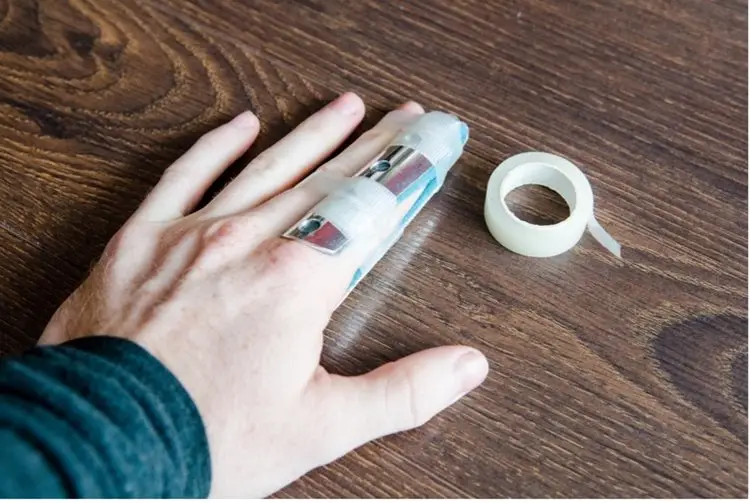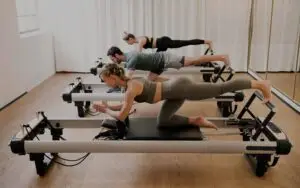1. Relative Rest
Avoid activities that involve repetitive or prolonged gripping or grasping, especially if they were the movements your physio suspected may have contributed to your trigger finger in the first place.
Keep using your hand and your fingers but try to keep it to what feels comfortable! It’s important to allow things to calm down first before building back up to your usual day to day activities.
2. Gentle Massage
If you’ve noticed a little bump along your finger, try to massage it gently and progressively apply more pressure as pain is tolerated. You can try to do some massage moving from side to side or in a circular fashion. This can help reduce pain, stiffness and improve finger function.
3. Heat Therapy
When you have trigger finger, stiffness plays a big part in limiting what you can do. Heat is an option to help relieve some of that stiffness to warm things up and get you through the day
4. Ice Therapy
The theory behind trigger finger is that there’s inflammation between the tendons and the tendon sheath causing pain. Ice is an easy risk-free option to reduce that inflammation.
Try both ice and heat, see what works best for you to relieve pain, stiffness or improve your finger function!





